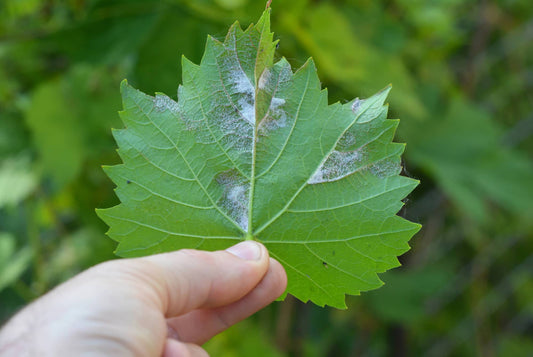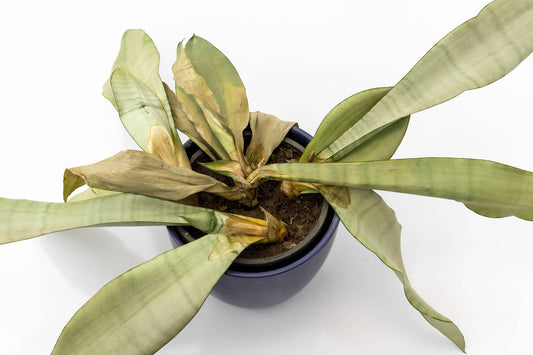Damping-Off, a disease complex caused by soil-borne fungi such as Rhizoctonia spp., Fusarium spp., and Pythium spp., poses significant challenges in hydroponic systems, especially those that utilize moisture-retaining substrates. This condition leads to the decay of stem and root tissues at and below the soil line, resulting in the wilting, collapse, and death of seedlings and young plants. Effective management in hydroponics focuses on prevention, environmental control, and strict sanitation measures.
Understanding Damping-Off
Damping-off impacts the stem and root tissues of seedlings, resulting in decay, a "pinched" look at the soil line, and ultimately, plant death. In hydroponics, affected roots may turn brown and mushy, leading to similar outcomes.
Conditions Favoring Damping-Off
The pathogens thrive in moist, poorly drained conditions and can spread through contaminated water, media, or tools. Excessive moisture, inadequate air circulation, and high seedling density create ideal conditions for these fungi.
Prevention and Management Strategies
Environmental Control and Sanitation
- Air Circulation and Humidity Management: Using fans and dehumidifiers helps maintain proper air circulation and lower humidity levels around the plants, creating conditions less conducive to damping-off pathogens.
- Water Management: Managing watering practices to keep the growing medium moist but not saturated is essential. Using sterile water can also assist in preventing the introduction of pathogens.
Use of Sterile Materials
-
Sterilization of Growing Media and Equipment: Employing sterile growing media and disinfecting containers, tools, and system components before use minimizes the risk of contamination.
Seed Treatment and Plant Care
- Seed Treatment: Treating seeds with fungicides or hot water (for certain species) before planting can eliminate potential pathogens.
- Careful Handling: Gentle handling of seedlings avoids damaging tender tissues, reducing potential entry points for pathogens.
Monitoring and Maintenance
Regularly inspecting seedlings for early signs of damping-off, along with maintaining cleanliness in the growing area and implementing preventive measures, is essential for creating an environment that is unfavorable for damping-off pathogens.
Managing Damping-Off in Hydroponics
Focusing on preventive measures, such as optimizing environmental conditions and maintaining strict sanitation protocols, is essential to mitigate the risk and impact of damping-off in hydroponic systems. Although there is no cure for infected plants, removing and properly disposing of affected seedlings can help prevent the spread of the disease. Adjusting environmental conditions to reduce humidity and improve airflow around the plants can further protect against future outbreaks.
By adhering to these management practices, hydroponic growers can effectively decrease the incidence of damping-off, ensuring healthier plant growth and development in their systems.




